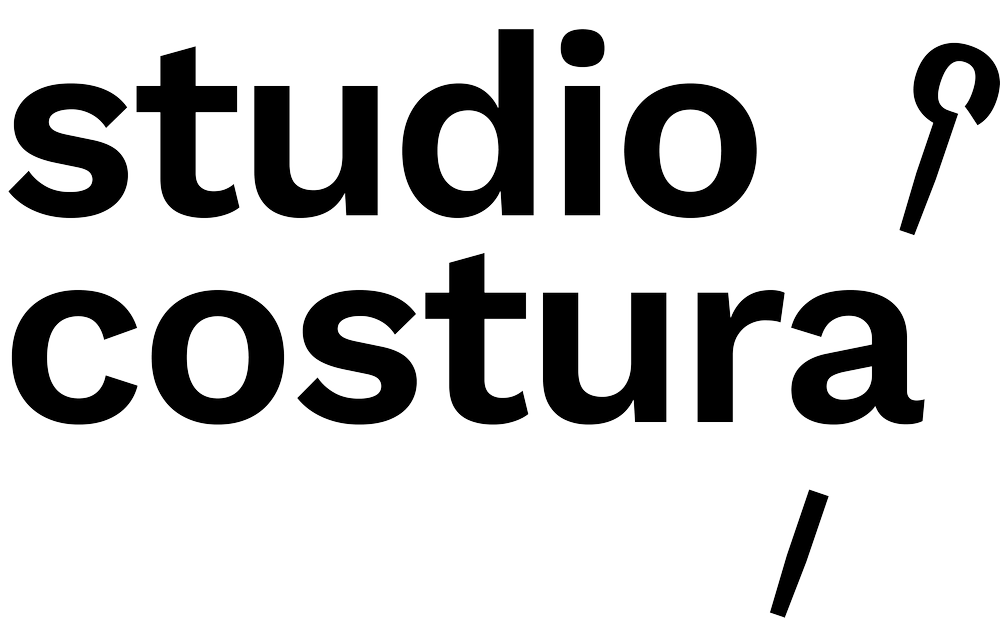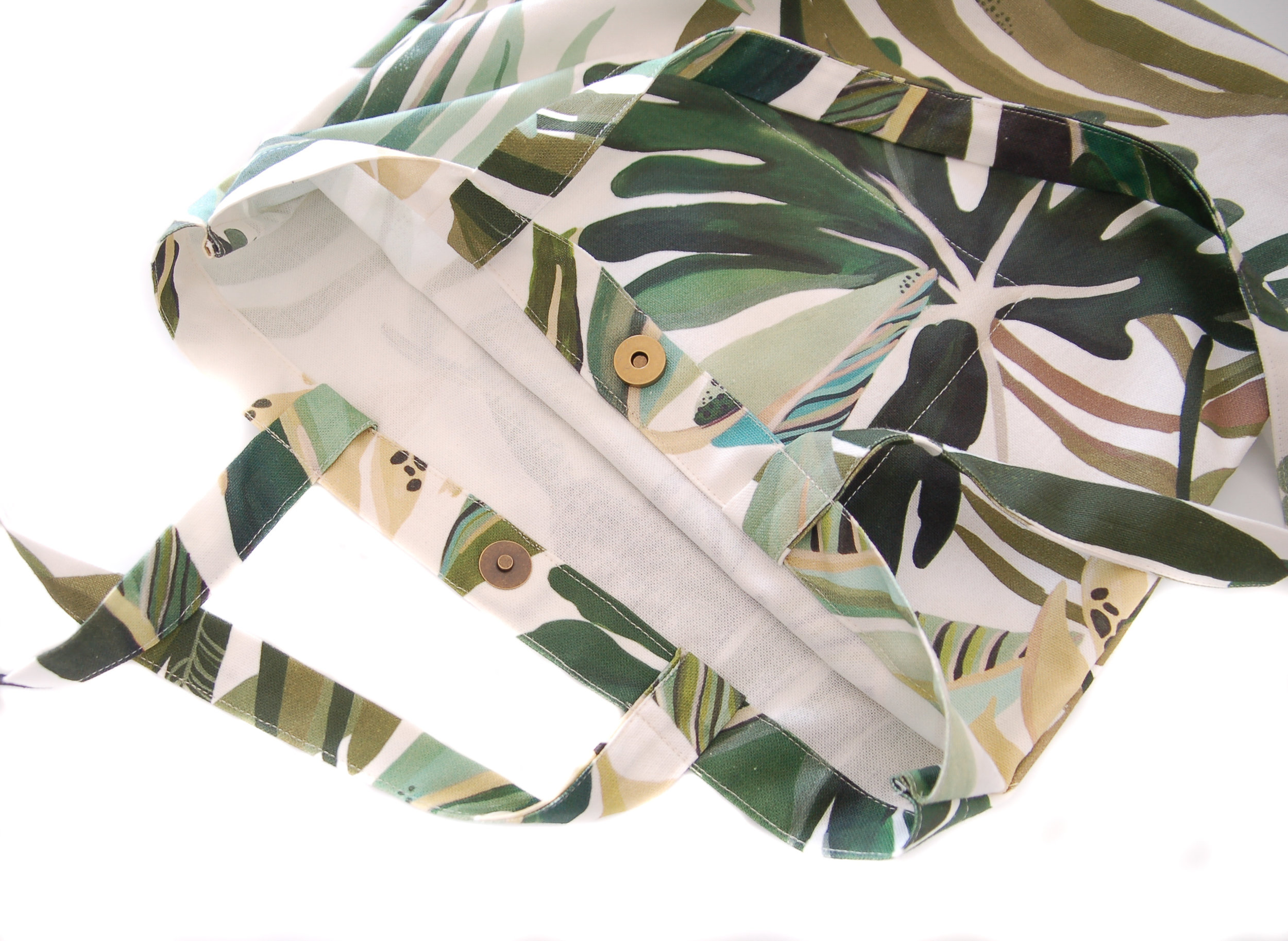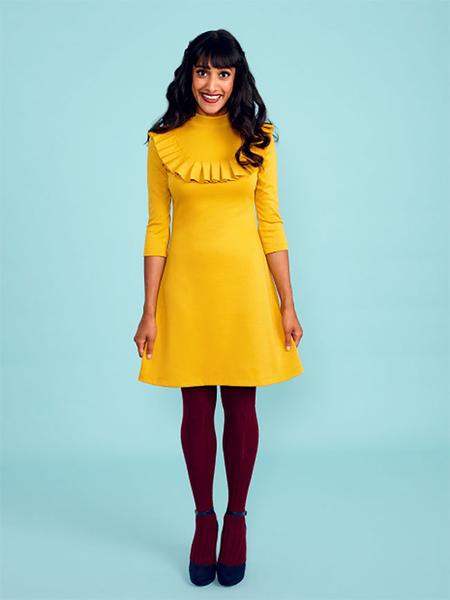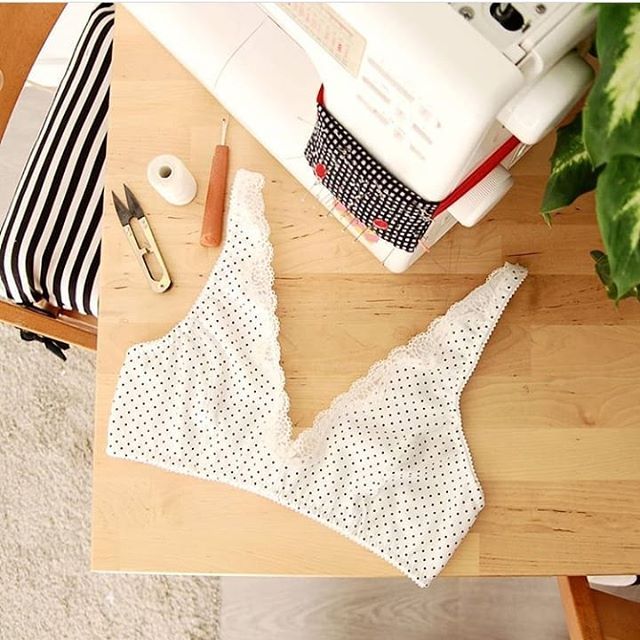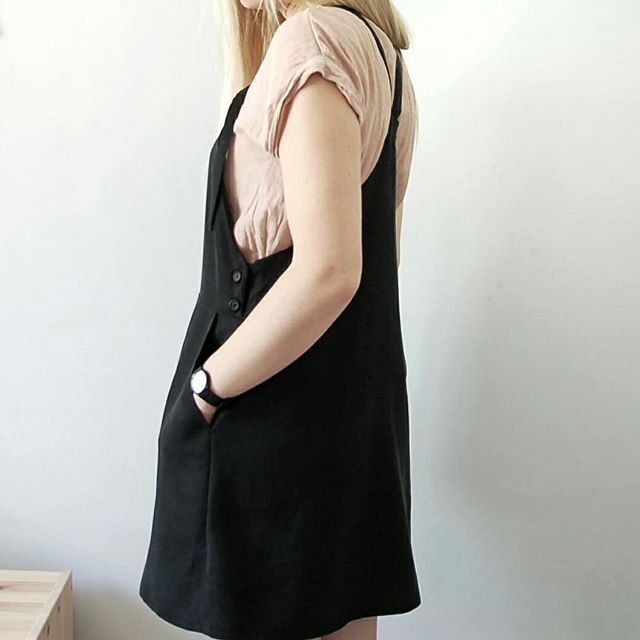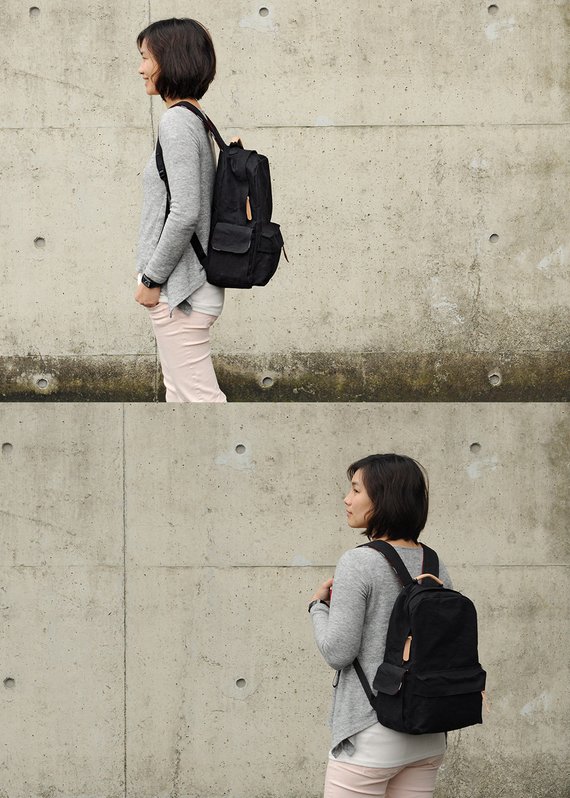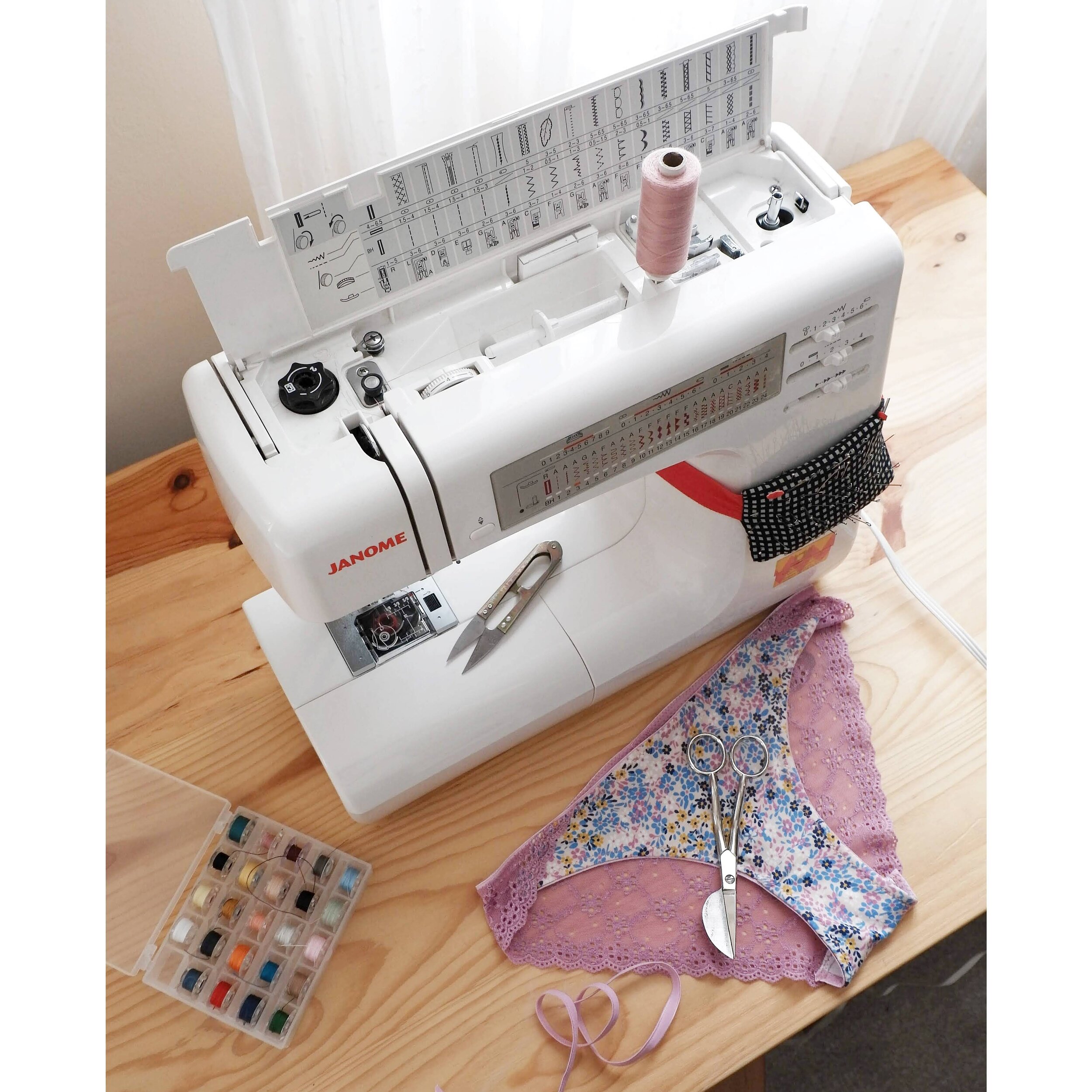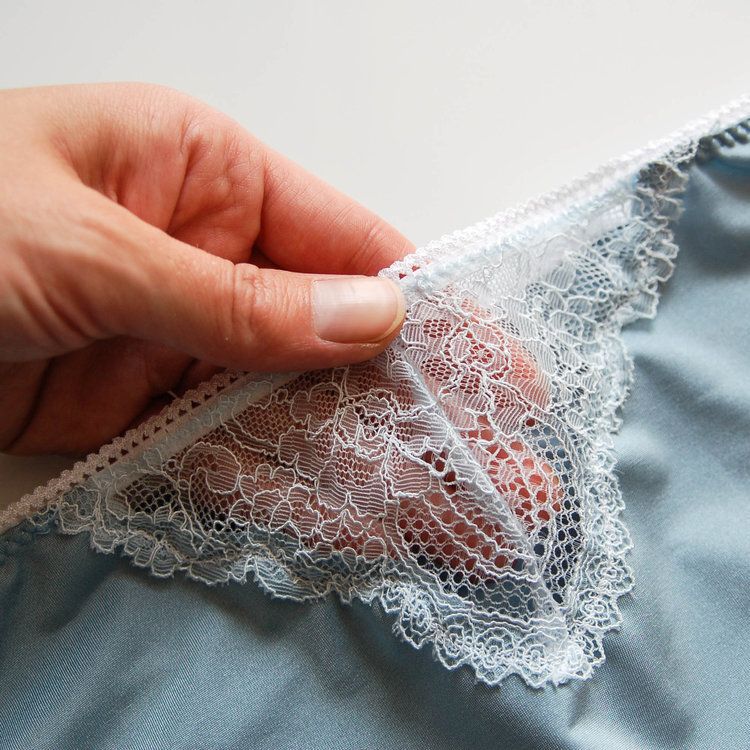Editado en abril 2025: este patrón está ahora publicado como Tote Bag debajo de la marca Laola Patterns, puedes comprar el patrón en español aquí.
-
Hola! Estoy super contenta de anunciaros que el patrón con que he trabajado los últimos meses por fin está listo: aquí está el Daily Tote! Se trata de un práctico bolso de tela que viene en dos versiones, la primera más sencilla sin forro y la segunda más avanzada con cremallera y forro. Puedes comprarlo en mi tienda de Etsy y hasta el final de esta semana estará con descuento de -15%.
Edited in April 2025: this pattern is now published as the Tote Bag under Laola Patterns, you can buy the English version of it here.
-
Hey! I’m super happy to tell you that the pattern I’ve been working on during the last months is finally ready: meet the Daily Tote! It’s a practical tote bag that has two versions: the first one is a simple tote without lining and the second one is a more advanced bag with a zipper and lining. you can buy the pattern at my Etsy shop and it has a 15% discount until the end of this week.
El patrón está pensado tanto para los más principiantes como para la gente que ya tiene un nivel y quiere experimentar con un bolso más complejo (pero no por eso complicado!).
La versión 1 incluye:
diseño sencillo sin forro, rematado por dentro con costuras francesas para que quede muy bonito tanto por fuera como por dentro
bolsillo interior con esquinas reforzadas
cierre opcional de imán
esquinas en el fondo para que sea más funcional
This pattern is suitable both for beginners and for skilled sewers who want to sew a more advanced bag.
Version 1 includes:
a simple design without lining, sewn with French seams on the inside for a neat finish
interior pocket with reinforced corners
optional magnetic closure
the bottom has corners for more funcionality
La versión 2 incluye:
bolso totalmente forrado, acabados limpios tanto por fuera como por dentro
cierre del bolso con cremallera
bolsillo exterior con cremallera
bolsillo interior de dos compartimientos con esquinas reforzadas
esquinas en el fondo para que sea más funcional
Version 2 includes:
a completely lined tote, neat finishings both on the outside and on the inside
zipper for the bag opening
exterior pocket with a zipper
interior pocket with reinforced corners
the bottom has corners for more funcionality
He usado este patrón un montón para mis bolsos y me parece un básico super bueno para el uso diario. La versión 1 es sencillo y llevo años enseñando cómo coserlo en mis clases con gente que recién aprende a usar la máquina de coser. Aún así tiene acabados bonitos y el resultado es un bolso muy práctico. La versión 2 es mi favorita porque al llevar cremallera me resulta muy útil: me encantan los bolsos de tela pero siempre he echado de menos poder cerrarlos bien! Le añadí un bolsillo con cremallera para fuera para llaves etc y otro por dentro para otras cositas pequeñas para que no den vueltas en el fondo. Los bolsillos son opcionales por supuesto y también puedes ponerlos por dentro o por fuera, tú decides!
I’ve used this pattern so many times for my own tote bags and I think it’s a great wardrobe staple. Version 1 is simple and I’ve used it for years in my beginner sewing classes to teach people how to use a sewing machine. It’s an easy make but the finishings are neat and the end result is a very practical tote bag. Version 2 is my favourite as it has a zipper: I love tote bags but I have always missed a proper way to close them! I’ve added an exterior pocket with a zipper to hold keys etc and an interior pocket for other small stuff so you won’t have little things lost inside your bag. The pockets are of course optional, you can put them both on the outside or on the inside, you choose the way you sew!
Como siempre cuando hago mis patrones he intentado explicar todos los pasos con mucha claridad. Mi intención es enseñar las técnicas para que luego las puedas usar también en otros proyectos. Los pasos están ilustrados con fotos y texto, donde sea necesario he añadido flechas y otras marcas para que quede todo claro.
As always when writing instructions for my patterns I’ve tried to explain all the steps with a lot of clarity. My intention is to teach you tricks you can then use in other projects too. The steps are illustrated with photos and text, I’ve added arrows and other signs where necessary.
Puedes usar un montón de telas distintas para coser el bolso, dependiendo del grosor que eligas tendrás un resultado con más o menos rigidez. Mi tejido favorito es la loneta ya que no es muy gruesa pero le da buena forma. Como la versión 2 lleva forro tiene también más cuerpo y allí puedes combinar telas para hacerlo a tu gusto.
Espero que te guste el nuevo patrón, tenía muchas ganas de ponerlo en papel ya que he cosido muchos bolsos de estos y los uso a diario! En breve haré un par de posts sobre inspiración y trucos para que tengas más ideas. Por cierto, todavía estás a tiempo de coser con este patrón regalos de navidad, me parece un acierto que gusta a todo el mundo!
Muchísimas gracias a mis testers Mary, Auxi, Susana, Maimu, Mónica, Maider y Marta, sin ellas este patrón no sería lo mismo. También mil gracias a Sandra y Lena por las correcciones de texto :)
You can use a lot of different fabrics to sew this tote, the end result and look will vary according to the weigth of the fabrics you choose. My favourite fabric for this tote is canvas as it’s not too heavy but maintains a nice shape. As version 2 has also a lining, the bag has a more defined form and you can combine different fabrics there to make it as you like.
I hope you like the new pattern, I was really happy to finally draft it as I’ve used it so much for the bags I use myself every day! I’ll write an inspirational post and more about tricks and variations soon to give you more ideas. By the way, you still have time to sew a tote bag with this pattern and give it as a holiday gift, I think it could be such a great gift for anyone!
Big thanks to my pattern testers Mary, Auxi, Susana, Mónica, Maimu, Maider and Marta, without these ladies this pattern wouldn’t be the same. Also big thanks to Sandra and Lena for the text corrections :)
